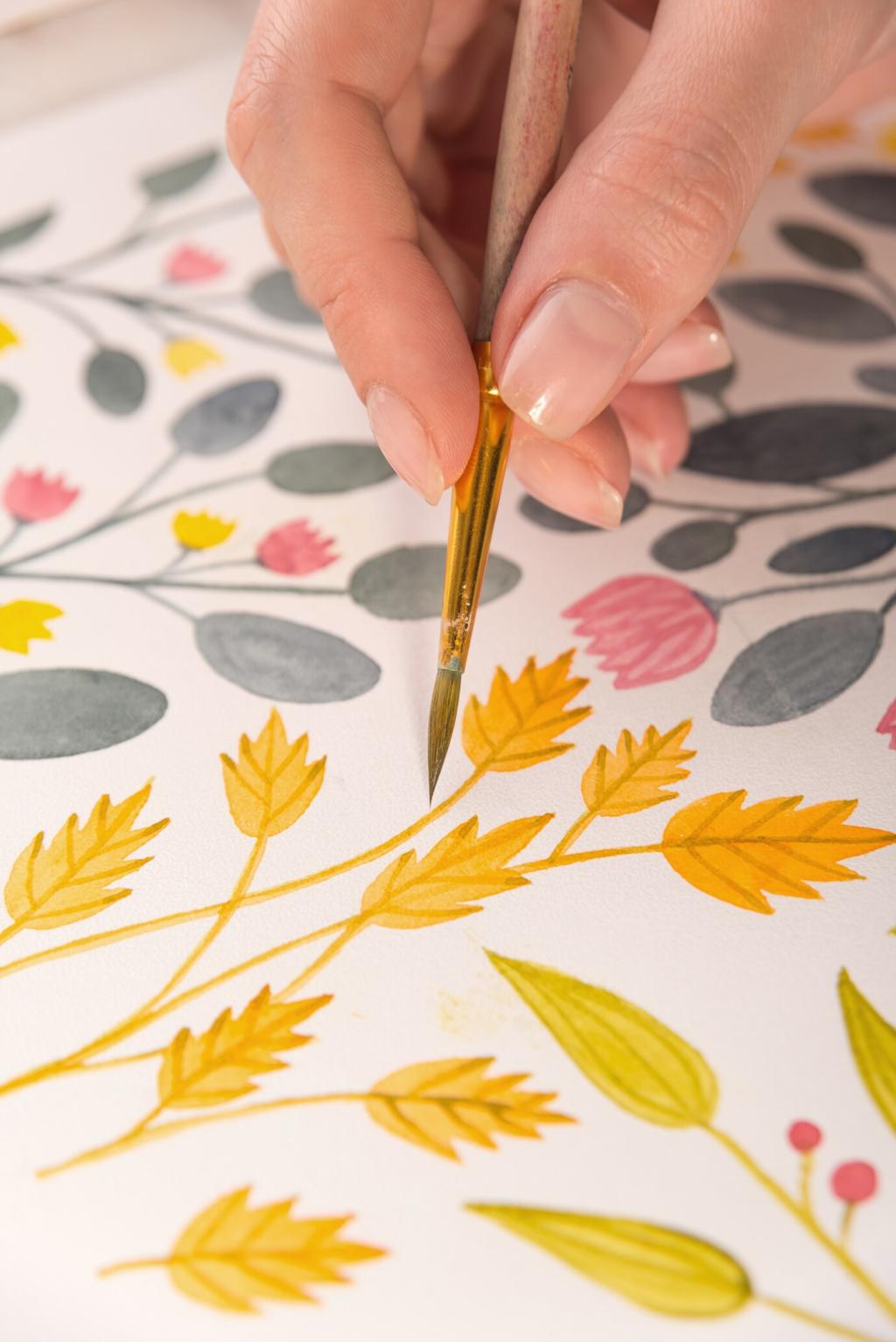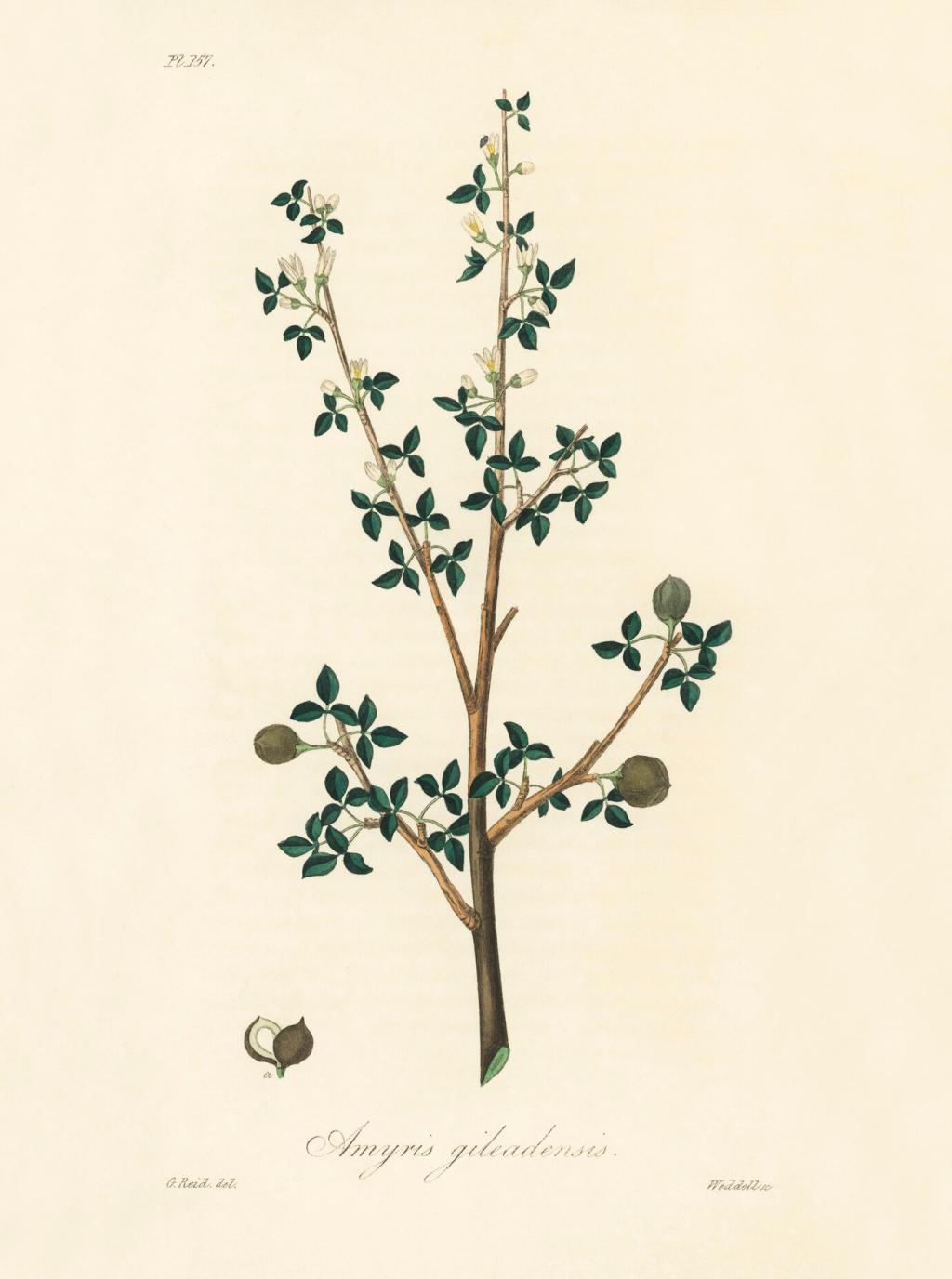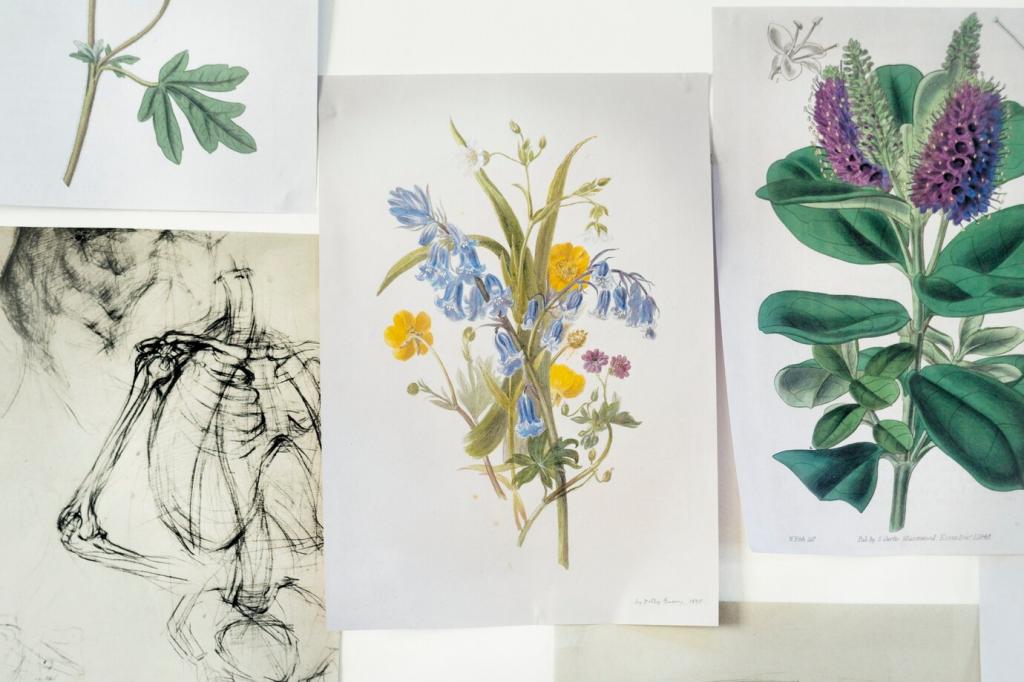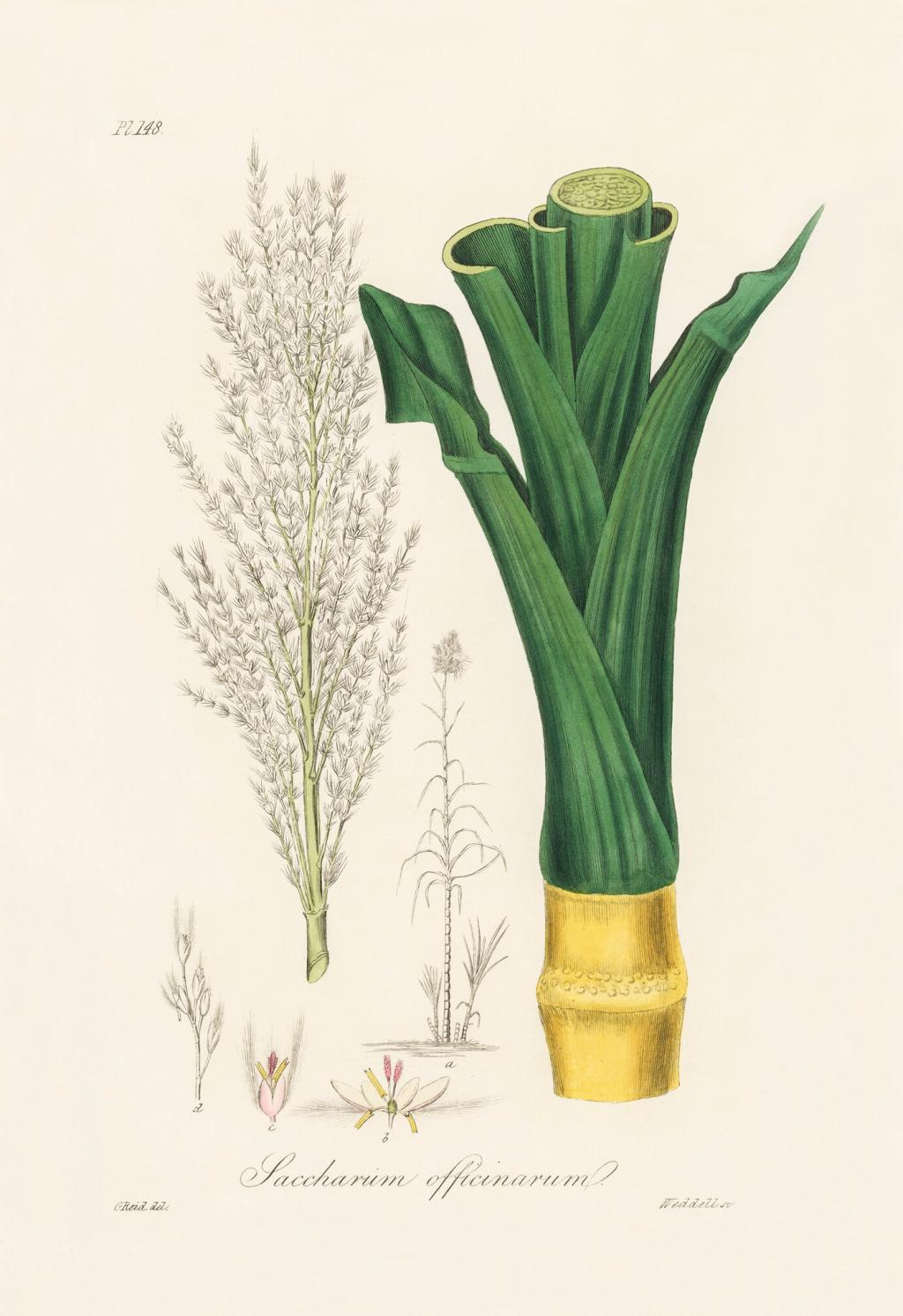Indoor Plant Styling Tips for Beginners
Bringing greenery into your home can transform your living space, adding both beauty and vitality. Many beginners think styling indoor plants is as simple as placing a pot by the window, but true plant styling involves much more. Knowing where to position your plants, how to combine containers and greenery, and how to create visually pleasing arrangements all play a vital role. With a thoughtful approach, any beginner can create an inviting and refreshing indoor oasis. This guide will walk you through essential tips on how to arrange, care for, and showcase your indoor plants effectively, ensuring they enhance your home while thriving in their environment.

Understanding Your Light Conditions
Before purchasing any plant, it’s essential for beginners to observe the lighting in their home. Some plants require bright, direct sunlight, while others thrive in low-light conditions. Understanding where sunlight enters and how it moves through each room is key. Carefully matching your plant choices to these light conditions enhances their health and longevity. This not only minimizes maintenance headaches but also allows for more creative styling, as you can confidently place each plant where it will look and grow best. Taking the time to learn about light ensures you don’t accidentally place a sun-loving plant in a dark corner or a shade lover on a sunny windowsill.

Considering Plant Care Level
Not all plants demand the same level of attention. Some species are hardy and forgiving, while others are sensitive and require diligent care. As a beginner, it’s best to select low-maintenance varieties like snake plants, pothos, or ZZ plants, which are less prone to common pitfalls like overwatering or temperature stress. Choosing plants suited to your lifestyle prevents frustration and helps keep your indoor garden looking vibrant. This careful selection process empowers you to gradually gain confidence in plant care, allowing you to try more challenging species over time as your skills and knowledge grow.

Matching Plants to Your Personal Style
A key aspect of plant styling is echoing your personality and home’s decor through the plants you display. Whether you prefer a minimalist aesthetic or a lush, jungle-inspired look, there are plants that can fulfill your vision. Tall fiddle leaf figs make bold statements in modern spaces, while trailing vines deliver a more bohemian, relaxed vibe. By aligning your plant choices with your overall design themes, you create a cohesive and visually pleasing environment that feels authentically yours. Thoughtful selection ensures your indoor garden both complements and enhances your living space.
Selecting Suitable Containers
While aesthetics are important, beginner plant stylists should prioritize functionality by choosing containers with proper drainage. Good drainage prevents excess water from accumulating at the bottom of the pot, which can lead to root rot and unhealthy plants. Beginners often underestimate how critical drainage is; overwatering in a pot without holes is a common cause of plant decline. Using pots with saucers or opting for cachepots with removable liners can help you maintain an environment where both plant and style thrive, keeping your indoor garden healthy and beautiful.

Arranging Plants for Impact
One of the core strategies in plant styling is layering different heights and shapes to create depth and dimension. Position tall, upright plants at the back or in corners, medium-sized foliage in the middle, and trailing varieties at the front or on shelves. This arrangement mimics nature and draws the eye along natural sightlines, making your indoor garden appear lush and intentional. Layering also allows you to showcase a variety of plant species together, enhancing their individual beauty and contributing to the overall harmony of your decor.
Previous
Next
Blending Plants with Furniture
Framing Focal Points
Use plants to highlight and frame focal areas within your room, such as windows, art, or a favorite armchair. Positioning taller potted plants or sculptural foliage near these features draws the eye and enhances their importance. This technique brings visual balance to the room and can even soften hard architectural lines, making your space feel warmer and more inviting. Beginners often overlook the impact of framing, but it’s a simple way to create polished, magazine-worthy interiors with minimal effort.
Filling Negative Space
Empty corners or unused surfaces often make a room feel incomplete or sterile. Introduce potted plants or cascading vines to fill these negative spaces, bringing the entire room together. Whether it’s a tall palm in a bare corner, a leafy pothos draping from a bookshelf, or a cheerful succulent on a coffee table, even a single plant can make a noticeable difference. This approach allows you to address awkward voids with style and turns overlooked areas into visually engaging spots.
Layering at Different Heights
Blending plants at various heights alongside your furniture creates layered visual interest and avoids flat, monotonous displays. Combine floor plants with those on tables, shelves, or plant stands to form a cohesive composition. Interspersing small and large plants among your furnishings adds movement and contrast, which helps soften hard surfaces and brightens the atmosphere. By thoughtfully layering greenery around your furniture, you achieve a lush, dynamic look that is both inviting and harmonious.
Maintaining Healthy Growth
Establishing a Watering Routine
Watering is a foundational aspect of plant care, and establishing a consistent routine is essential for plant health. Each species has its own water requirements, so it’s important for beginners to research and record the specific needs of each plant. Rather than watering on a fixed schedule, check soil moisture with your finger and observe if leaves are wilting or turning yellow. Adjust your routine seasonally, as many plants require less water during winter. Reliable, mindful watering helps prevent common issues like root rot or dehydration, so your styled plants remain vibrant.
Monitoring Light and Temperature
Consistent monitoring of light and temperature conditions is vital for continued plant wellness. Sudden changes, such as closing curtains or moving plants away from windows, can cause stress and hinder growth. Evaluate your home’s temperature throughout the seasons—even drafts from air conditioning or heating vents can impact sensitive species. Make necessary adjustments by moving plants as needed to maintain their health and appearance. This ongoing attention ensures your plant arrangements not only survive but truly flourish, retaining their styling appeal.
Pruning and Cleaning Foliage
Regular pruning and cleaning of your plants supports bushier growth and prevents diseases or pest infestations. Remove dead or yellowing leaves promptly to keep arrangements looking fresh and tidy. A soft, damp cloth or a gentle shower can be used to wash dust from leaves, reviving their natural shine and improving photosynthesis. Pruning also helps control shape and size, allowing you to maintain balanced and visually appealing displays. Dedicating a small amount of time each week to plant upkeep ensures your home continues to feel lush and inviting.
Incorporating Vertical Elements
Installing Wall-Mounted Planters
Wall-mounted planters offer a creative way to decorate blank walls and bring greenery up to eye level. These can range from simple hanging pots to more elaborate wall gardens that display a variety of plant types. For beginners, installing wall planters is a relatively easy project that delivers significant visual impact. Not only do they free up valuable floor space, but they also turn plants into living pieces of art. Vertical displays like this help animate plain walls, adding color, interest, and natural texture.
Hanging Plants from Ceilings
Ceiling-hung planters or macramé hangers are excellent for showcasing trailing plants like pothos, philodendrons, or spider plants. By elevating your greenery, you create a sense of layered height and movement that draws the eye upward and makes rooms feel less confined. This style is particularly effective in compact areas or to fill vertical voids in corners. Beginners can easily experiment with a few types of hanging setups, gradually building confidence in both installation and plant care as they enjoy the benefits of vibrant, upward-reaching displays.
Adapting Shelves for Plants
Ordinary shelves can be transformed into lush plant displays with a bit of creativity. Mix and match decorative objects with a variety of small plants, arranging them according to height and light needs. Floating shelves or ladder shelves are particularly effective, as they provide multiple tiers for different species. Position plants in a way that allows them to cascade or arch, creating a mini indoor jungle effect. This approach lets beginners experiment with different arrangements, offering endless possibilities for rotating and refreshing their plant display while keeping surfaces uncluttered.
Previous slide
Next slide
